Sensitive Crystallization - Christian Marcel
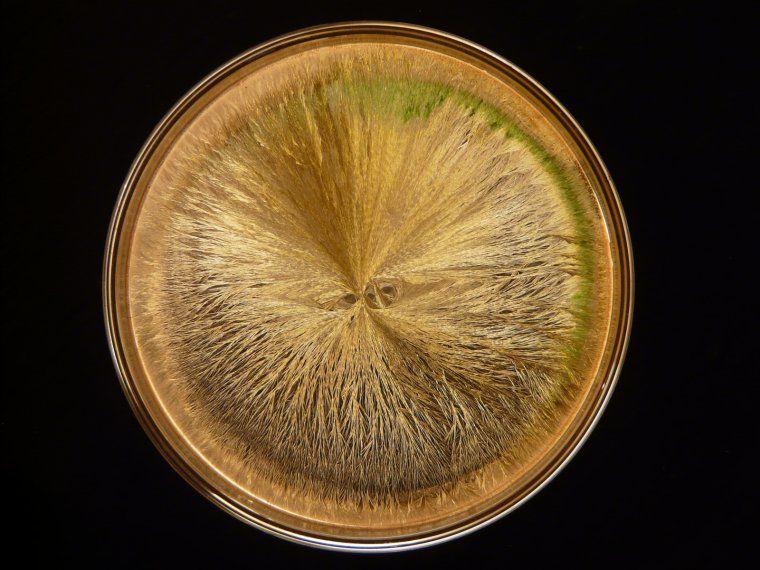
Un bel exemple de cristallisation sensible © Christian Marcel
After my short visit to Alain Dejean who works with the volcanic sulphur (see: The Sulpur in Wine) It was important to remember that there is an alternative way that helps identify the energetic qualities of a product.
Thanks to the Sensitive crystallization technique introduced by Christian Marcel; a detailed illustration of differences of energies will be given, and it is on the sulphated wine which is been processed using chemical and volcanic sulphur.
Sensitive crystallization realised by Christian Marcel for Dynamis Association (Alain Déjean).
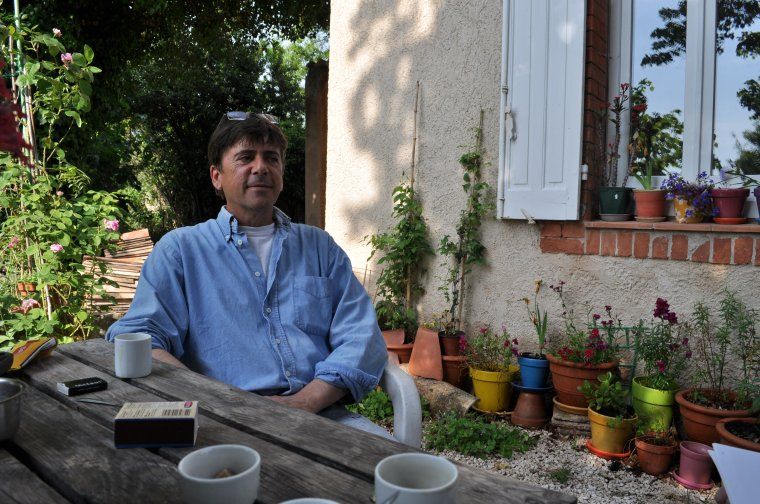
Sensitive crystallization technique
Shortly after the Biodynamic culture conference hosted by Rudolf Steiner in 1924 at Pentecost, this technique was developed by Ehrenfried Pfeiffer who was one of the first to conduct trials following on the steps of Steiner. This last was eager to find a way to reveal the positive aspects within the biodynamic industry, aspects that are in line with previous results. Pfeiffer came to the Sensitive crystallization method by using Steiner’s advice which was dissolving the substances in salted solutions to then reveal them by evaporating the liquids.
This method allows a detailed description of the main characteristic of a wine, its taste qualities, its main grape varieties, the nature of its terroir and the diseases that the vine could suffer from.
Certainly, understanding the meaning of “sensitive crystallization technique” needs extensive experiments.
This method is not particularly limited to wine, it is also part of the food production, it allows a highlight on the impact of food additives and its appalling results.
In order to arrive to the crystallization stage, the main step is to use a copper chloride added to an organic or mineral extract through the saturation and filtration of pure water. Crystallization is obtained through evaporation in ovens and this can differ from one laboratory to another.
For more information on the Sensitive Crystallization, please visit Marcel Christian’s website alternatively you may purchase the book: Sensitive Crystallization. Margarethe Chapel also worked extensively on this method.
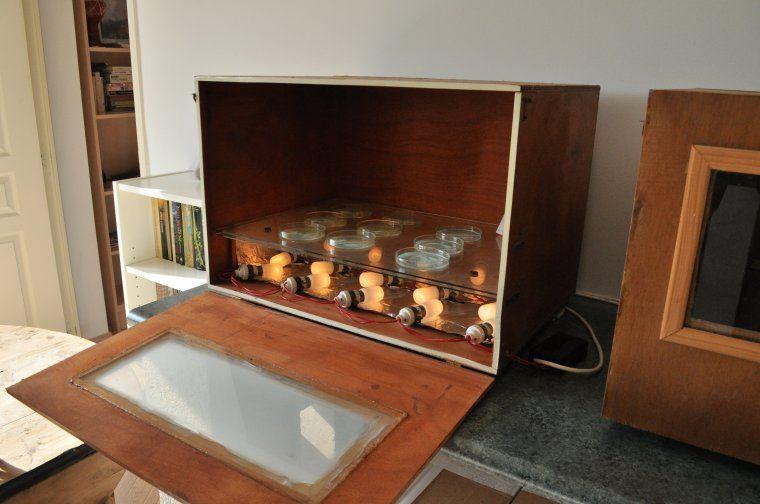
A 15 lamps standard oven by Christian Marcel © Guillaume Bodin
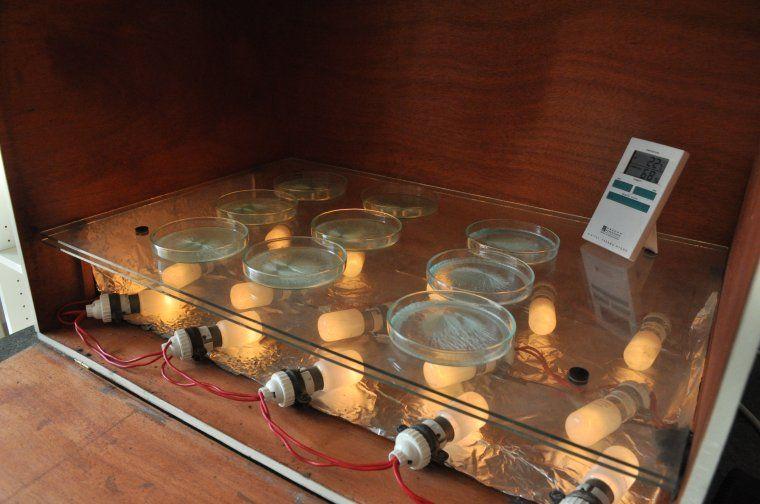
The crystallizations revealed through the Petri plates © Guillaume Bodin
Sulphur provenance impact on wine
The experiment which was done on a biodynamic red wine by Dynamis clearly shows the effect of sulphur on wine.
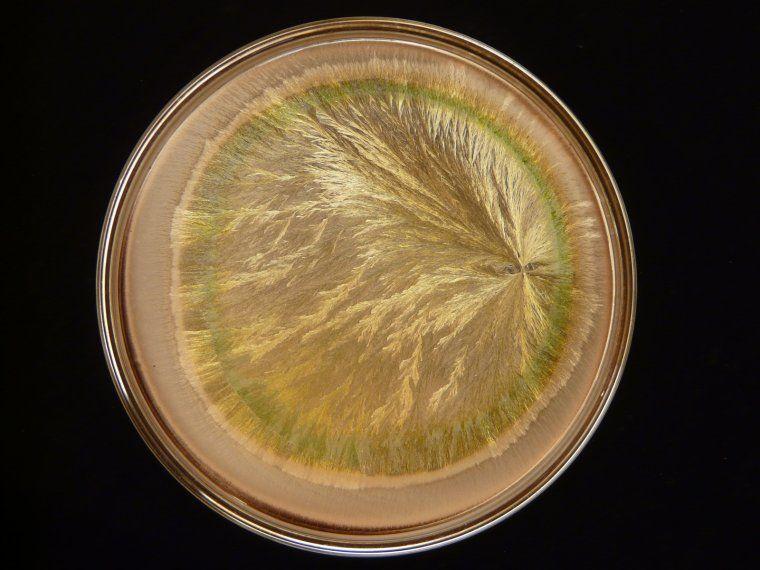
Crystallization of a red wine without added sulphur © Christian Marcel
The centre of the sample clearly shows two vacuoles symmetrically distinct. The lightly coloured edge indicates that we are in the presence of a robust wine with fine tannins.

The same wine with high dose volcanic sulphur © Christian Marcel
The aim of increasing the volcanic sulphur potency in wine shows up when the effect is bad, but visually it appears fine.
The sample below shows two vacuoles with one single centre, even better defined. The texture remains rich even though we loose a little bit on the quality of the crystallization (presence of branch-like shades).
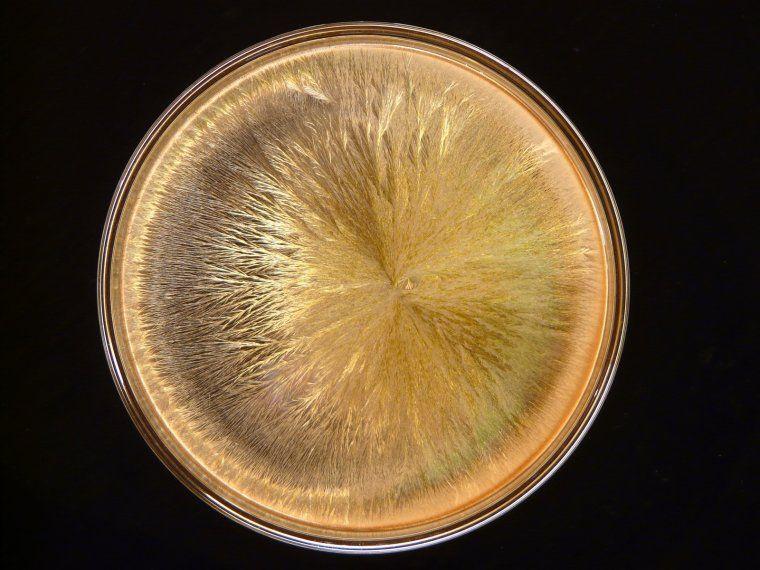
The same wine with a medium dose of liquid sulphur © Christian Marcel
In this sample there is only one centre but its appearance is approximate, it has a tiny vacuole poorly defined towards the right inside. We keep a good structure even though it seems a little rougher than the previous one.
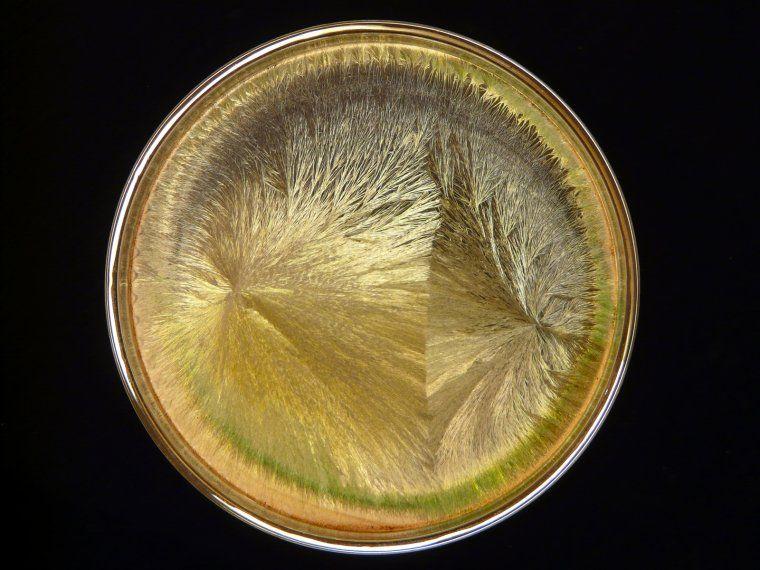
The same wine with a classic dose of sulphur pellet © Christian Marcel
We can equally realise that its two centres are not well defined with no distinct vacuoles. The general texture remains convenient.
Conclusion
It is clear that the addition of sulphur can affect the structure of crystallization and that chemical sulphur harms the wine more than the volcanic sulphur does. The use of sulphur pellet has an equally disastrous consequence on the energy of wine and we can imagine a sharp fall in taste and quality.
It should be taken into consideration that conclusions should not be based on these images, conventional analyzes have equally empowered the reading of these images.
I remain convinced that the volcanic sulphur is the best for wine and retain the highest qualities in wine but I could not comment on the actual effectiveness of volcanic sulphur without having tasted several wines from different areas working with this type of products.
Guillaume Bodin
Tags: wine


